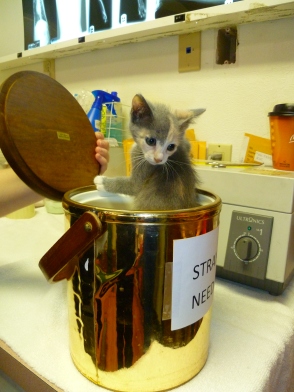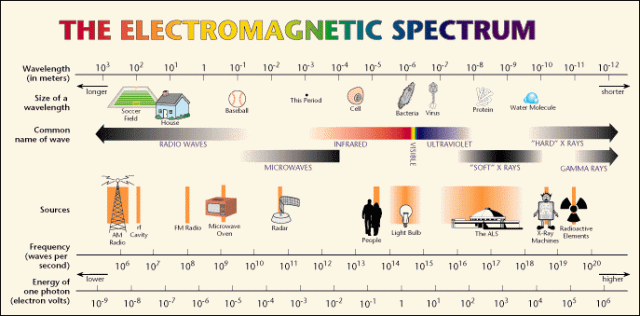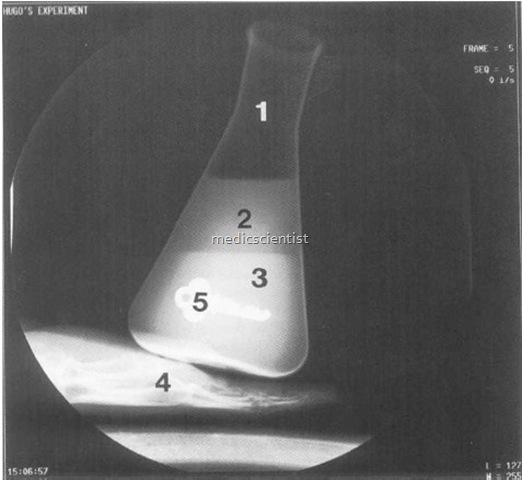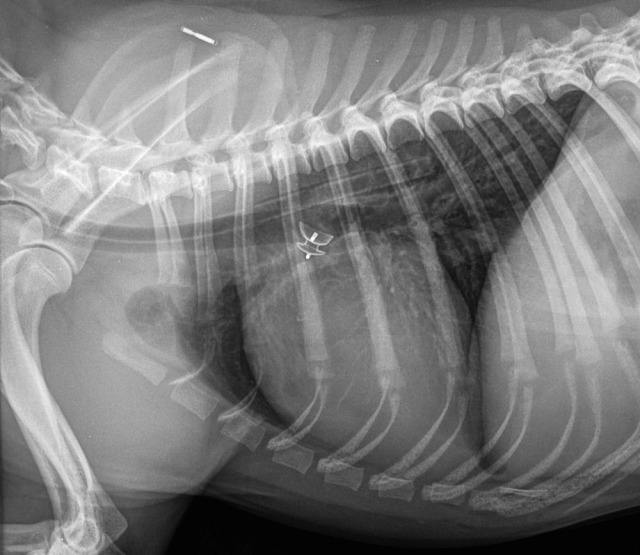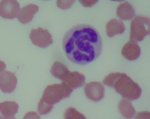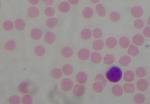
cardiomegaly– enlarged heart
caudal– toward the tail
dysuria– painful or difficult urination
ectropion– turning out of the eyelid (usually the lower eyelid) so that the inner surface is exposed, resulting in dry, painful eyes and excess tearing of the eye (epiphora);
edema– abnormal accumulation of fluid beneath the skin or in one or more cavities of the body that produces swelling.
entropion– turning in of the edges of the eyelid (usually the lower eyelid) so that the lashes rub against the eye surface.
epiphora– excess tearing of the eye
epistaxis– bleeding from the nose
erythema– redness of the skin
exopthalmia– protruding or bulging eyeballs
halitosis– foul-smelling breath
hematuria– blood in the urine
hyphema– Bleeding in the front portion of the eye
hypoalbuminemia– levels of albumin in blood serum are abnormally low.
hypocalcemia– low serum calcium levels in the blood
hypokalemia– lower-than-normal amount of potassium in the blood.
hyponatremia– a metabolic condition in which there is not enough sodium (salt) in the body fluids outside the cells.
iritis– a form of anterior uveitis and refers to the inflammation of the iris of the eye.
keratitis– a condition in which the eye’s cornea, the front part of the eye, becomes inflamed.
keratoconjunctivitis sicca (kcs)-(dry eye syndrome), is a relatively common inflammatory condition characterized by inadequate tear film protection of the cornea.
microcardia– abnormal smallness of the heart.
osteomyelitis– an infection of the bone or bone marrow
otitis– ear infection
panosteitis– a painful condition that affects the cat’s long leg bones and is characterized by limping and lameness. It can occur with any breed, but it is more common in medium- to large-sized cat breeds and young cats around 5 to 18 months in age.
pododermatitis-inflammatory (red, hot, painful) condition of the feet.
pollakiuria– abnormally frequent urination
pruritis– itching
pthisis bulbi– is a shrunken, non-functional eye that results from severe ocular disease, inflammation, or injury.
pyelonephritis– an ascending urinary tract infection that has reached the pyelum or pelvis of the kidney.
pyorrhea– Purulent inflammation of the gums and tooth sockets, often leading to loosening of the teeth.
renomegaly– enlargement of the kidney(s).
rostral- toward the nose
splenomegaly– enlargement of the spleen
spondylosis– stiffening of the spine as a result of disease.
spondylitis– inflammation of the vertebra
stranguria– straining to urinate
trichobezoar– hairball
uveitis– swelling and irritation of the uvea, the middle layer of the eye.

